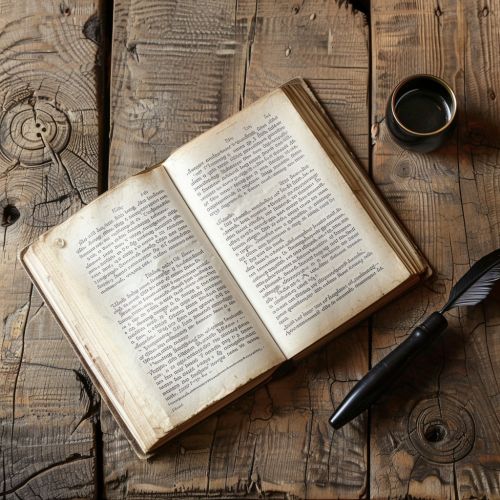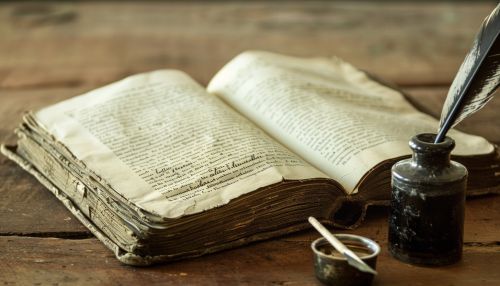Poetry
Overview
Poetry is a form of literary art that uses aesthetic and rhythmic qualities of language to evoke meanings in addition to, or in place of, the prosaic ostensible meaning. It is an ancient art form that predates written text. The earliest poetry is believed to have been recited or sung, employed as a way of remembering oral history, genealogy, and law.


History of Poetry
Poetry as an art form predates written text, with the earliest poetry having been recited or sung, and employed as a way of remembering oral history. The oldest known poetry include the Gilgamesh Epic from ancient Sumer, and the Iliad and Odyssey from ancient Greece.
Ancient Poetry
In ancient societies, poetry was used as a means to record cultural events or tell stories. The ancient Greeks used epic poetry for their mythological tales, and lyric poetry for personal and biographical stories. The Romans, who were deeply influenced by Greek literature, developed their own form of poetry, using sophisticated metrical schemes and variations of tone.
Medieval Poetry
During the medieval period, poetry underwent significant changes. The troubadours of southern France were among the first to develop lyrical poetry, while the minnesingers of Germany popularized the minnelied (love song). In the later medieval period, the rise of the vernacular language in literature led to a decline in the use of Latin.
Renaissance Poetry
The renaissance period saw a revival of interest in classical Greek and Roman poetry. Poets like Shakespeare and Milton crafted works of lasting influence, with their mastery of language, meter, and metaphor.
Modern Poetry
Modern poetry began in the late 19th and early 20th centuries with poets like Whitman, Dickinson, and Eliot. This period also saw the rise of free verse, a form of poetry that eschews consistent meter patterns, rhyme, or any other musical pattern.
Forms of Poetry
There are many different forms of poetry, each with its own unique set of rules and characteristics. Some of the most common forms include the sonnet, the haiku, the sestina, and the villanelle.
Sonnet
The sonnet is a 14-line poem with a specific rhyme scheme. The English, or Shakespearean, sonnet is written in iambic pentameter and has a rhyme scheme of ABABCDCDEFEFGG.
Haiku
The haiku is a form of Japanese poetry consisting of three lines with a 5-7-5 syllable count. Haikus are often nature-themed and contain a kireji, or cutting word, and a kigo, or season word.
Sestina
A sestina is a complex, 39-line poem featuring the intricate repetition of end-words in six six-line stanzas and a three-line envoy.
Villanelle
The villanelle is a 19-line poem with a strict pattern of repetition and a specific rhyme scheme.
Poetry and Society
Poetry has long been used as a form of expression, protest, and documentation. From the ancient epic poems of Greece to the modern free verse of the 20th century, poetry has been used to convey a wide range of human emotions and experiences.
